“Colobraro isn't unlucky,” sighs its mayor, Andrea Bernardo, speaking to The Local. “A town can't be lucky or unlucky… but people are superstitious.”
That's certainly true. The small town in the southern Italian region of Basilicata is shunned by those in neighbouring towns and villages, who refuse to speak its name – instead calling it 'that town' – and they even put amulets on balconies or walls facing Calobraro.
But its fortunes could be about to change, thanks to the mayor's initiative and the SuperEnalotto, an Italian state lottery.
“Each resident has had the chance to get a ticket, for free, and the winning numbers will be announced on Tuesday,” explains Bernardo. “I hope that some of our residents will become rich!”
Tickets worth a total of €8,250, provided free of charge by Sisal, the company which runs the lottery, were handed out on Sunday. The ticket distribution was accompanied by music, games and performances, and all those attending also received lucky amulets, containing grain to represent abundance, and salt and lavender to ward off evil spirits.
Coda per ritirare quote del Maxi sistema @Superenalotto!
La fortuna vince!#iotifoColobrarohttps://t.co/b4IAOqyWQh pic.twitter.com/92bOJd8bgs— Marco Mariani (@MarcoMariani_IT) June 12, 2016
Queue to collect the tickets from the SuperEnalotto 'maxi system'.
This week, the jackpot is €94 million – currently the highest lottery jackpot in Europe – and another public event will be held in Colobraro on Tuesday evening for the draw, during which residents will be anxiously checking their tickets.
It’s the largest syndicate that’s ever taken place in the SuperEnalotto, and nothing of the kind has ever before been organized for an entire town.
But would a big win finally change the reputation of the town?
“Yes, why not?” says Bernardo, and indeed the initiative seems to have already had a positive effect, with Italians across the country tweeting the hashtag '#iotifocolobraro' (I'm cheering for Colobraro).
And if the town's bad luck does prevail, Sisal will still give the council a 'consolation prize’ of €10,000, to finance its cultural evenings which take place in August. Any winnings from tickets unclaimed by residents will be donated to four non-profit organizations chosen by the local council.
Bernardo, in his second term as mayor, has tried in vain to disassociate the town from its 'curse', and more recently has embraced its reputation by organizing events named 'Project Colobraro, land of magic and fantasy' and capitalizing on the supernatural link.
“The reputation doesn't have a negative effect on tourism, we have played along with it and created events to attract tourists ,” he explains. Many living in the Basilicata region, however, still take detours to avoid passing through 'that town'.
So how did Calobraro, with 1320 residents in total, get its reputation as Italy's 'most cursed' town?
“It’s just that there have been a few… unpleasant incidents, which some people have described as unlucky,” Bernardo says. “The stories of witches go back to the 19th century.”
One popular legend tells of a lawyer who, in the 1940s, tried to make an emphatic point during a case: “If I’m not telling the truth, let this chandelier fall down” – which it did. Other tales of Colobraro's curse range from the dramatic (children born with two hearts) to the rather mundane (electricians from energy company Enel complaining that utility poles kept falling down after being put up in the village).
But the infamy does have its upsides. Residents of Colobraro are rumoured to get away with speeding, if caught by a police officer fearful of invoking the curse.

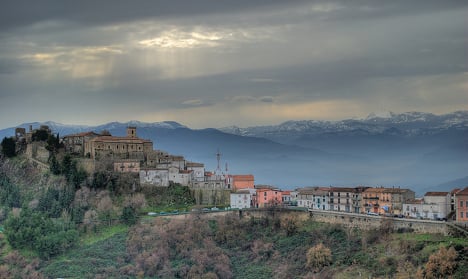

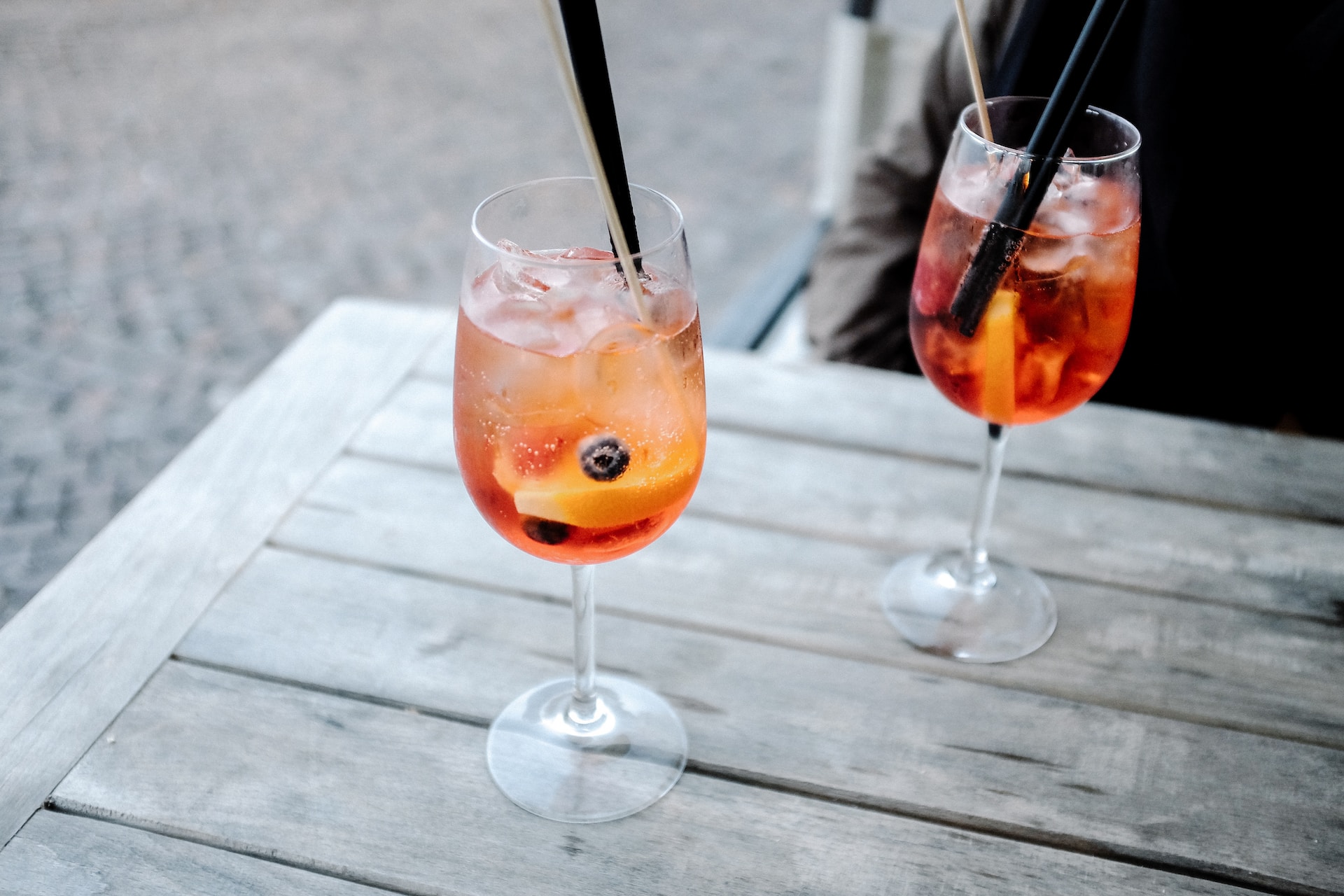
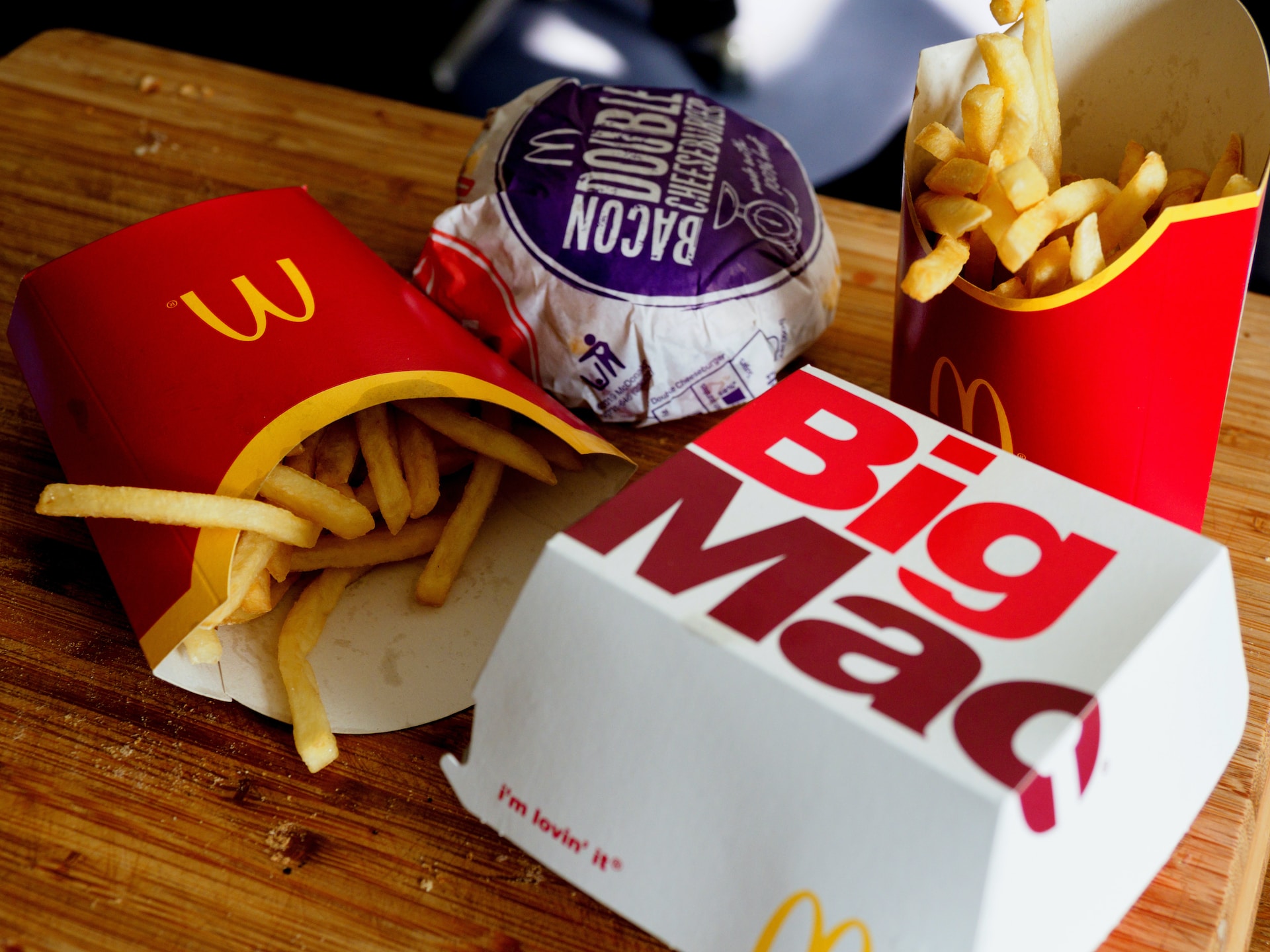
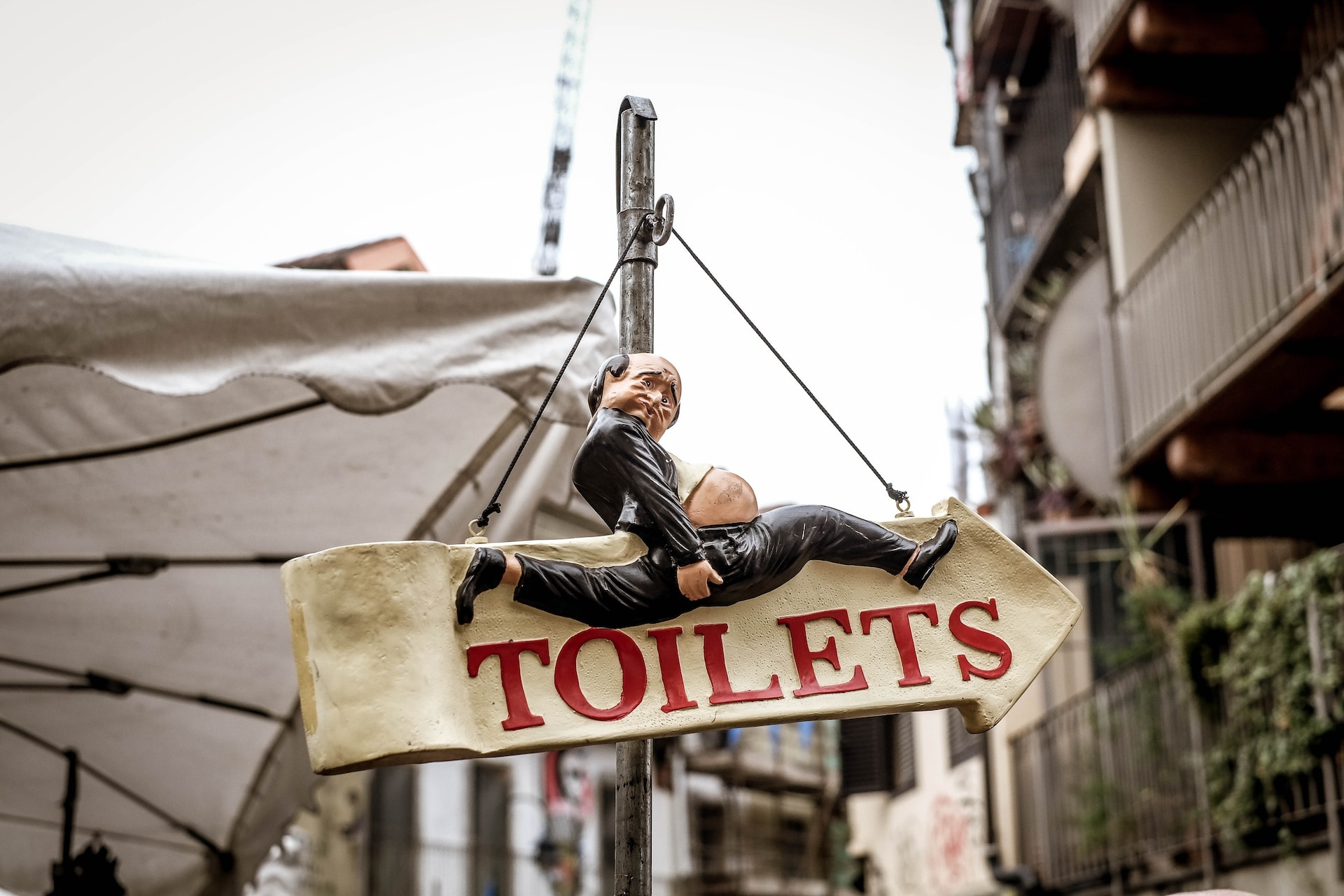
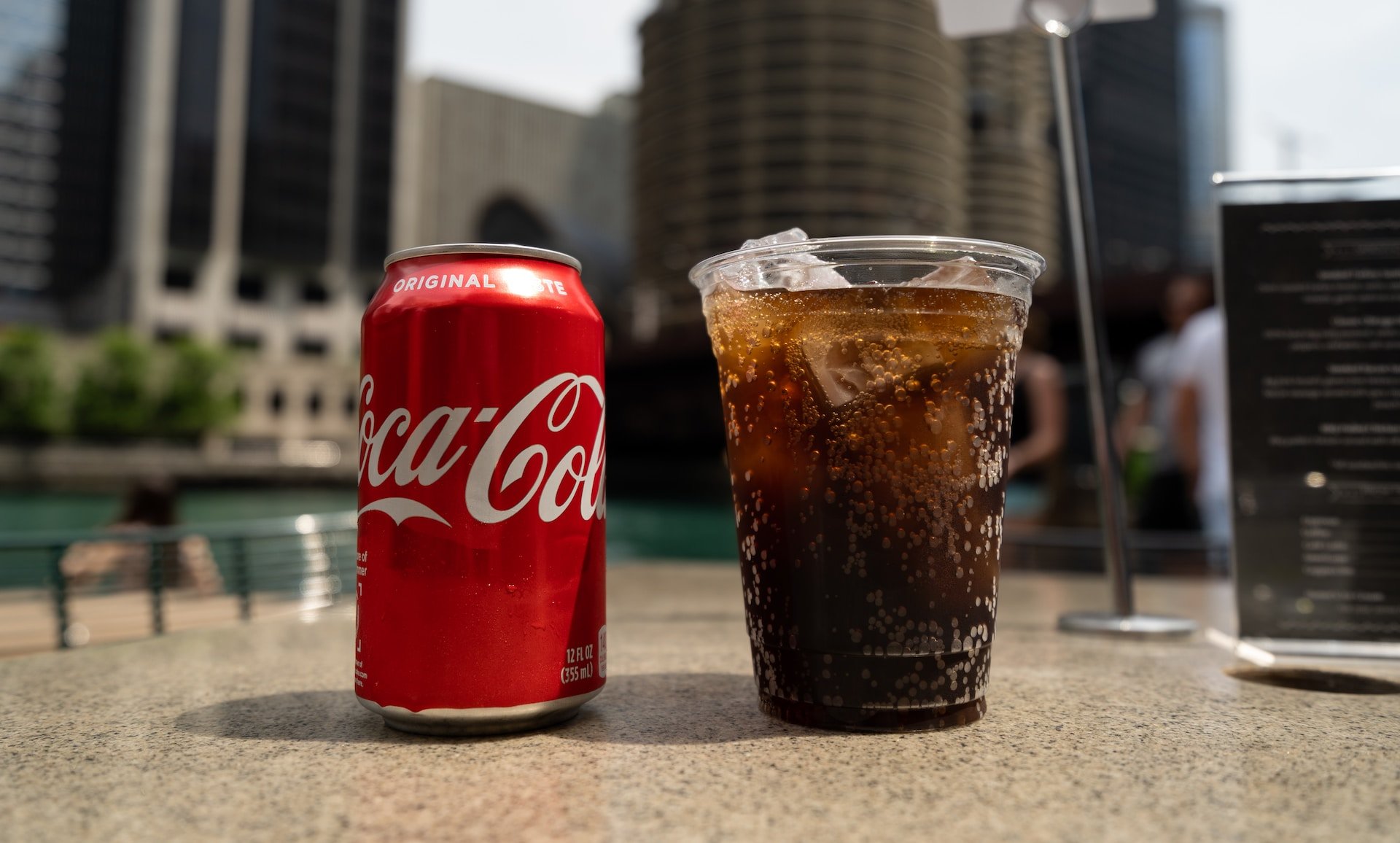
 Please whitelist us to continue reading.
Please whitelist us to continue reading.
Member comments